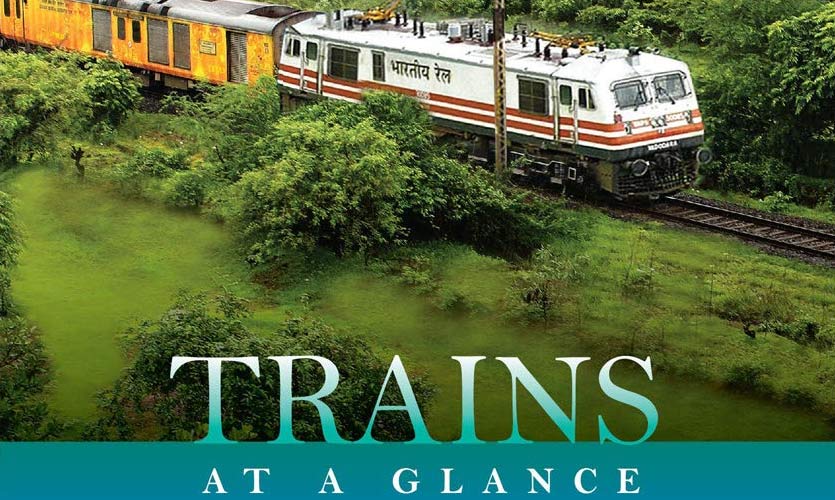Indian Railways is perhaps as ‘sarkaari’ an organisation as it gets. It’s the nation’s largest employer and one that is romanticised to the hilt. No matter how hard it gets, the trains keep running. The railway network has survived wars, disasters and recently the pandemic that shook the world. In between the works, the decision to stop printing ‘Trains at a Glance’ oscillates between being called another step towards digitalisation or an end-of-an-era.
For decades, the booklet has been printed every year by the Indian Railways. It contains information about trains, schedules and fares. An all-encompassing timetable, it was and continues to be used as a tool to disseminate information about premium trains such as Rajdhani, Duronto and Shatabdi as well as the smallest stations and low-frequency networks in the country. This booklet will now be available only in digital format.
Read more: Indian Railways Complete Trial Run Of The Indo-Nepal Line
A lot has changed in the last few years with digital avenues becoming an irreplaceable part of travel. In Mumbai, it is perhaps impossible for smartphone users who frequently ride the suburban railway network to not have the m-Indicator app installed on their phones. The app not only has the suburban timetable available in an easy-to-read format but also crowdsources data to give the live location of a particular train in service.
Every time there is a change in the timetable, an annual affair to add more trains to the system, the app is updated. With IRCTC pushing for digital ticketing and the Indian Railways facilitating digital interactions through their information dissemination channels as well as social media, perhaps a printed timetable is indeed a thing of the past.
However, a key hurdle for the authorities will be to reach those who do not have access to smartphones and the internet. Yes — in 2021, it is still a major concern as reflected in the multitude of media reports on how families are struggling to ensure their kids get to attend virtual school. And, this is a key demographic that the Indian Railways caters to due to their low prices and extensive connectivity across the country.
Last year, the timetable wasn’t printed due to the pandemic restrictions. The practice of pasting reservation charts on the train at the originating station was discontinued in 2018. Since then, in a phased manner, the railways have been trying to go as paperless as possible, to save costs, increase transparency and add to the comforts of the digital-friendly passengers. Taking ‘Trains at a Glance’ digital is just another step depicting their resolve.










